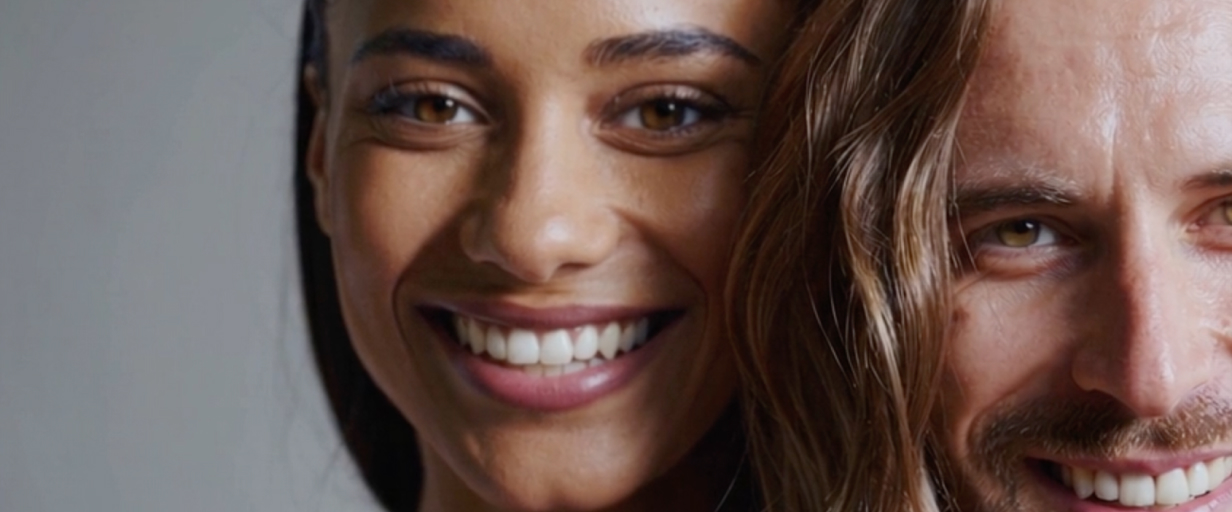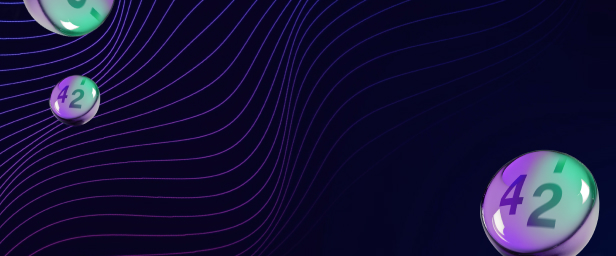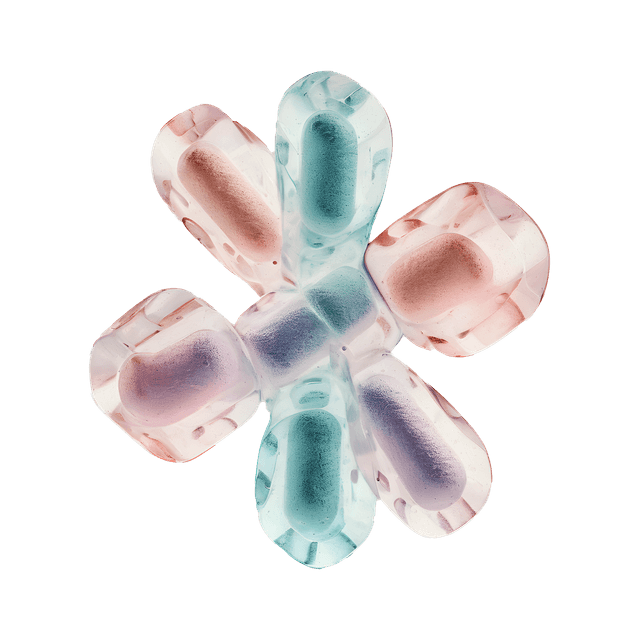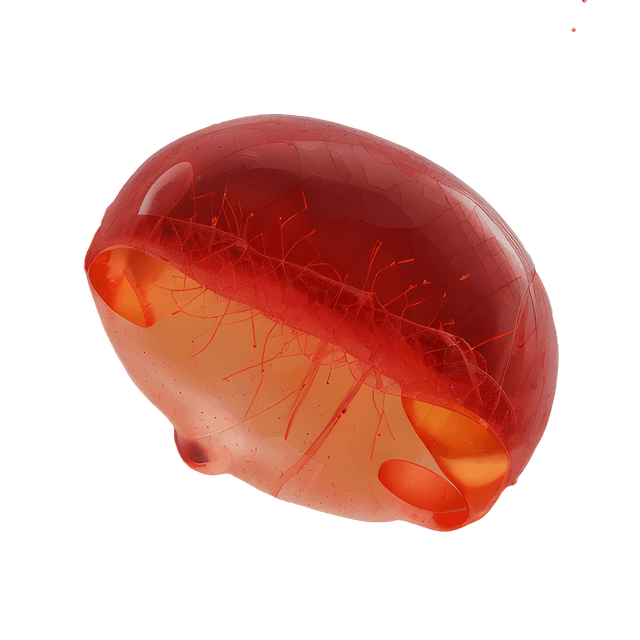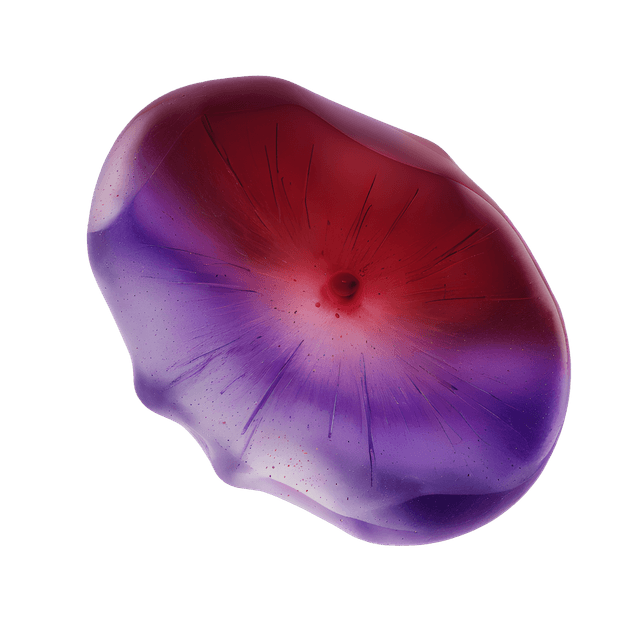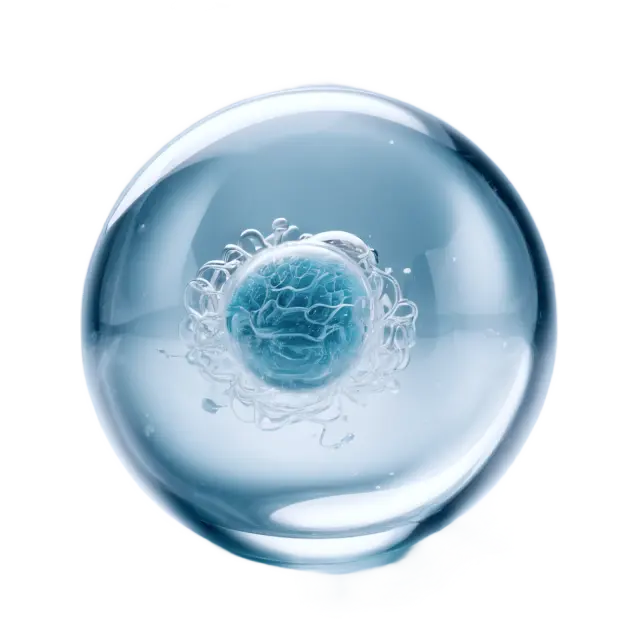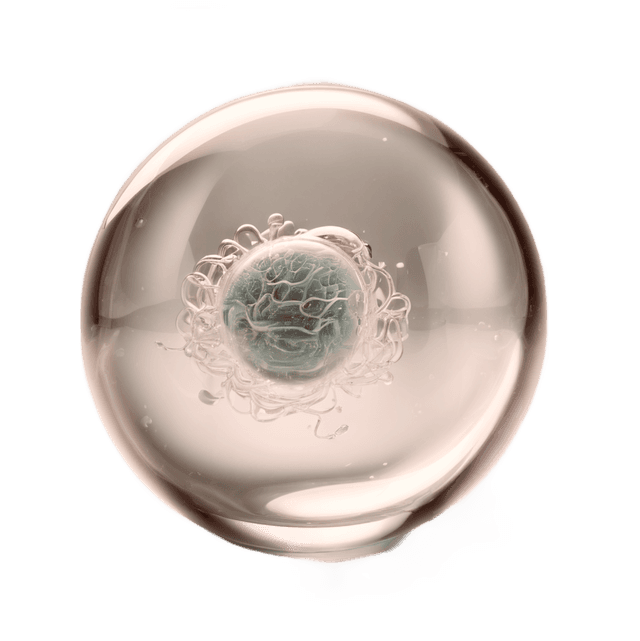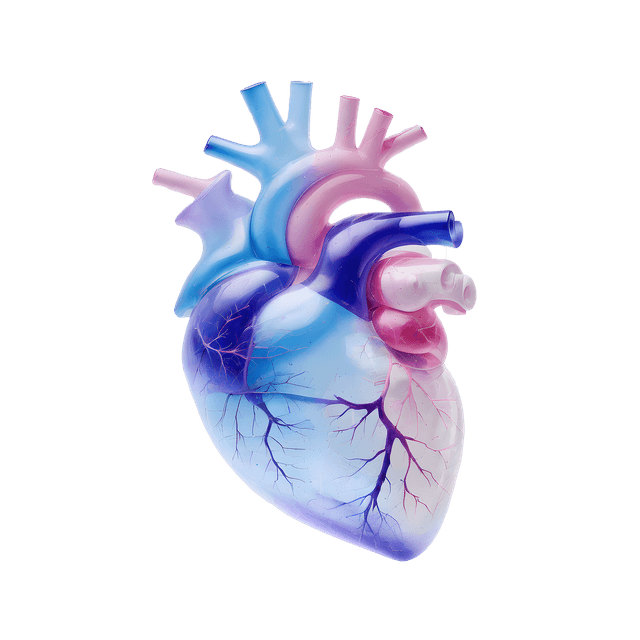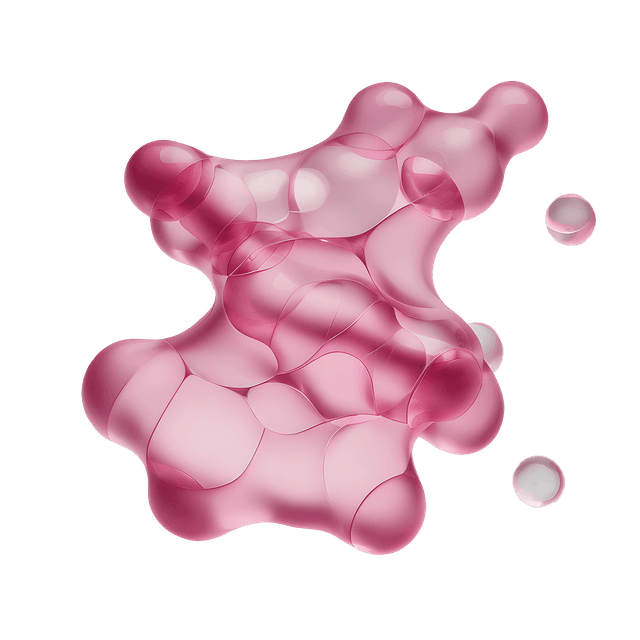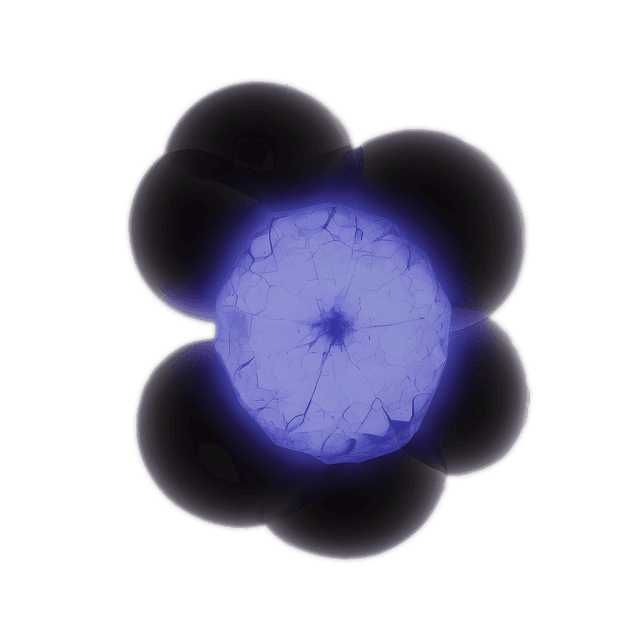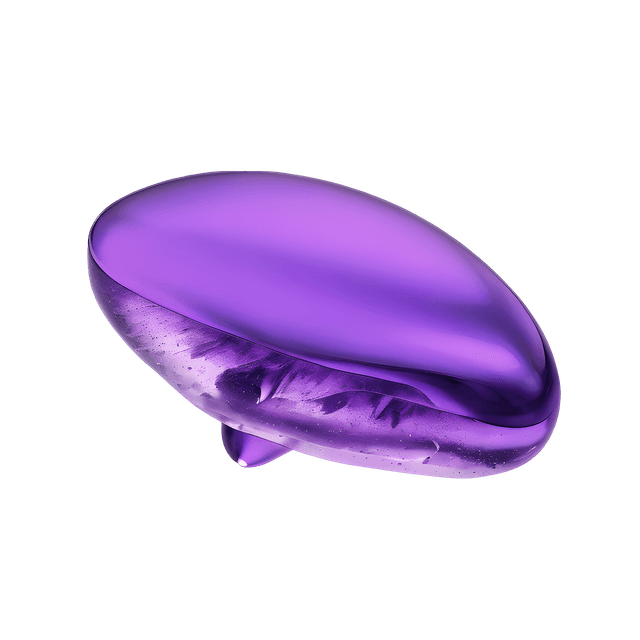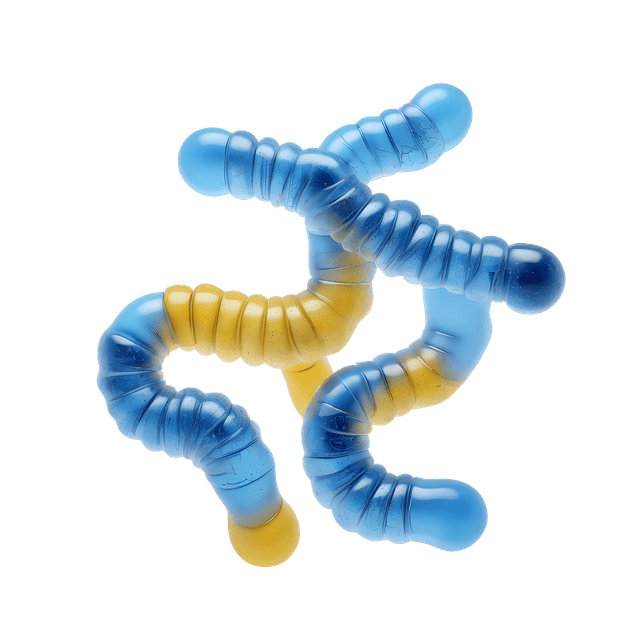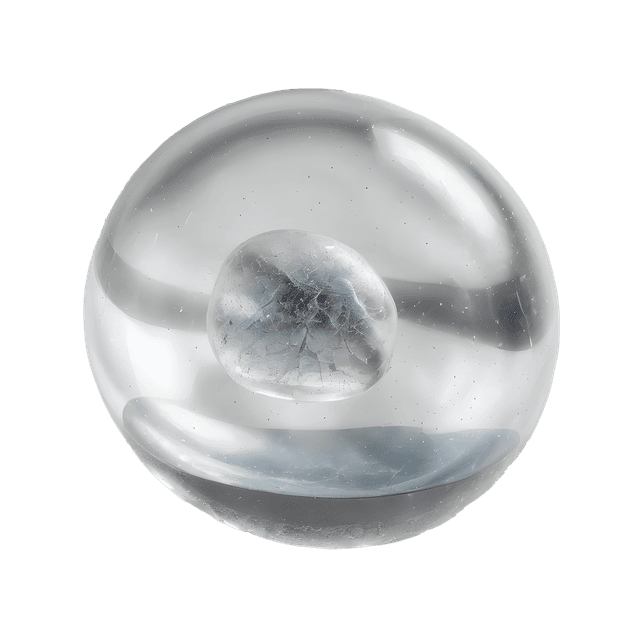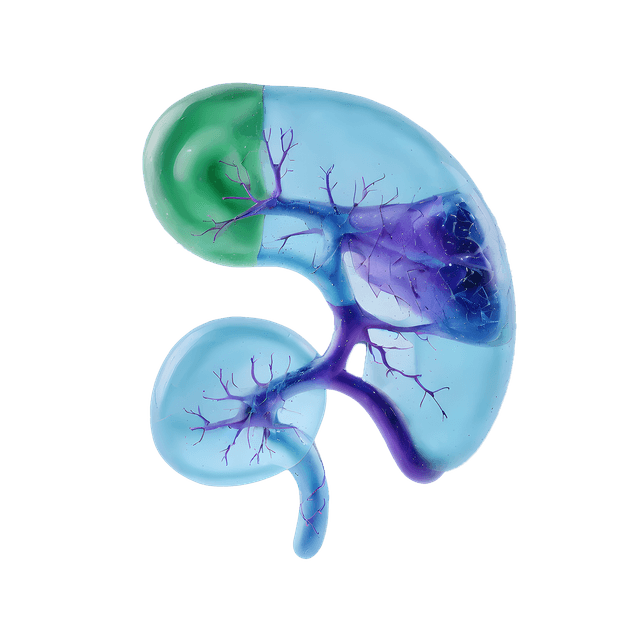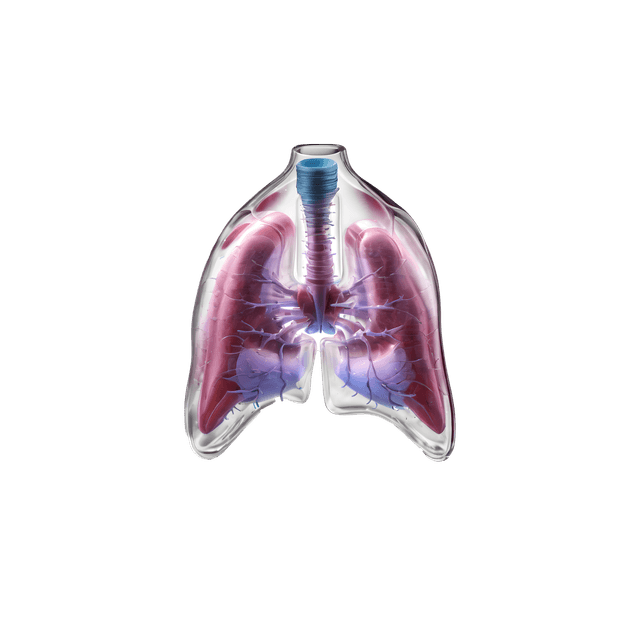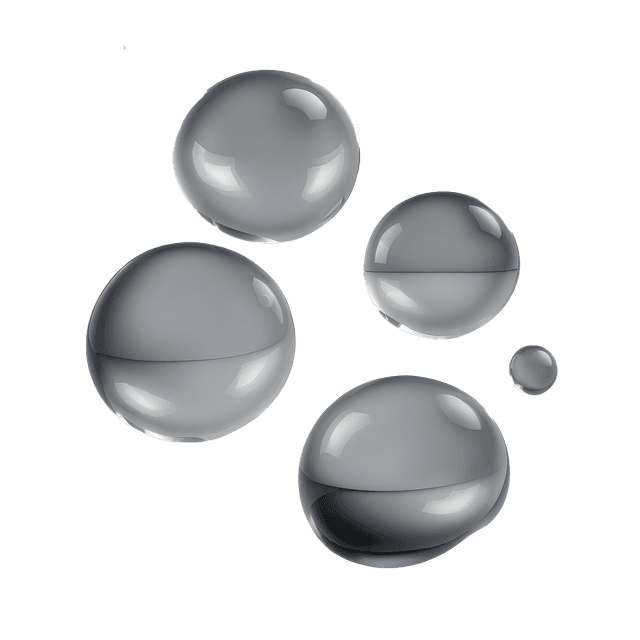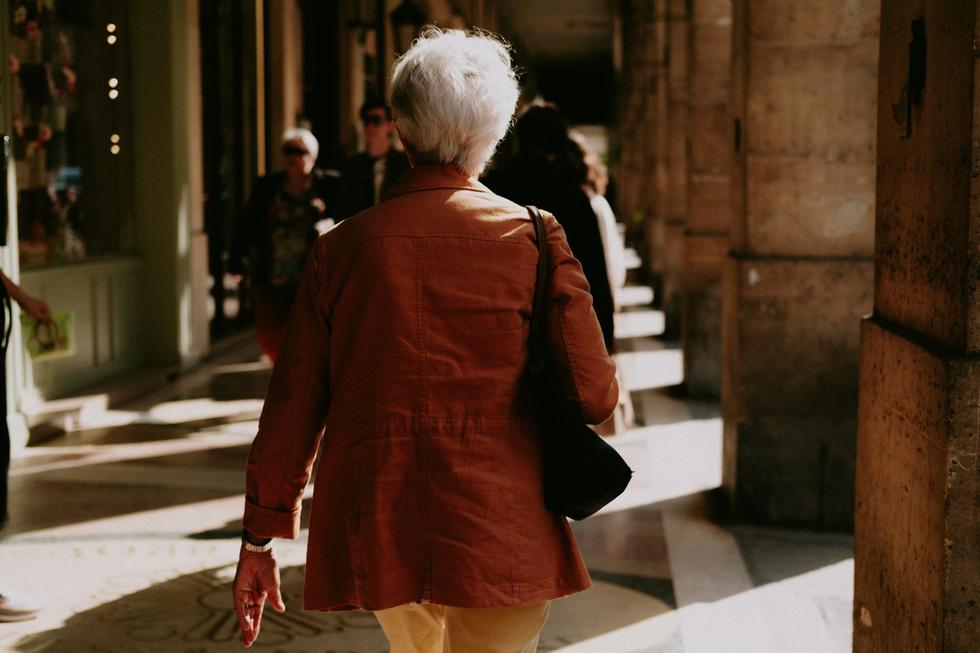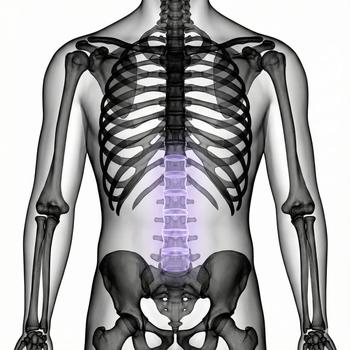Quick version
- Difficulty walking can be an early sign of spinal stenosis, a nerve damage in the lower back that often worsens over time.
- Symptoms come on gradually—such as numbness, weakness, or pain in the legs—and are often relieved by bending forward or sitting down.
- Waiting too long to seek help can lead to permanent nerve damage and reduced quality of life.
- Spinal stenosis can be treated effectively, and early diagnosis gives you a better chance of finding the right treatment in time.
The symptoms often start insidiously
Spinal stenosis means that the spinal canal becomes narrower, usually in the lumbar spine. This causes the nerves to become pinched, which can cause the following symptoms:
- Numbness or weakness in the legs
- Aching pain that worsens when walking
- Stiffness or unsteadiness
- Relief of symptoms when you bend forward or sit down
What is a bit tricky about the symptom picture is that many people do not notice their problems right away. This is because the symptoms creep up gradually, which means that you get used to it – or perhaps explain it away by saying “it's a little osteoarthritis” or “I'm just untrained”. But walking difficulties should not be ignored. It is often the first sign that something is wrong with the nervous system of the back.
Therefore, you should not wait to seek help
Many people wait for years before seeking care, which can lead to:
- Impaired quality of life
- Reduced mobility and social isolation
- Impaired nerve function that can be permanent
Early diagnosis is important because the longer you wait, the more damage can occur to the nerves. And once nerve tissue has been damaged, it is more difficult to restore full function.
Spinal stenosis can be treated – often with very good results
The positive? Spinal stenosis can be treated – and there are several options depending on how severe your symptoms are:
- Physiotherapy and adapted exercise – both to strengthen muscles and relieve pressure on the nerve roots
- Pain relief and anti-inflammatory drugs
- Cortisone injections – added in more severe pain conditions
- Surgery – an option if the nerves are seriously affected – often with very good results
A quick and accurate diagnosis means that you can get the right help at the right time. Many people experience a big difference after even simple measures.
How to check if you have spinal stenosis
If you experience difficulty walking or other symptoms that may indicate spinal stenosis, you don't have to wait. You can order a MRI examination of the lumbar spine privately without a referral from your regular doctor.
